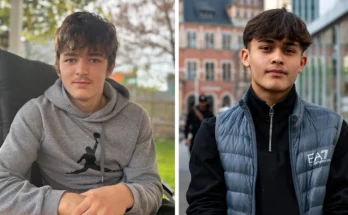This year’s Saxon bat conference was dedicated to a new protection concept for “nocturnal hunters”. At next Saturday’s conference in Freiberg, winter places will also be available Bat in focus, announced the State Foundation for Nature and the Environment.
In addition, new guidelines to take bats and birds into account when renovating and demolishing buildings will be presented. The organizers of the conference are the German Nature Conservation Association (Nabu), Bergakademie Freiberg and the Saxon State Foundation for Nature and the Environment.
Many responses to the “Bats come to the house” campaign.
The state foundation has been working to protect bats for years. In 2001 he started the “Bats come to the house” campaign in collaboration with Nabu. The aim is to raise public awareness of the need to protect bats and their roosting sites. The response to the campaign has been overwhelming, he said. More than 600 plaques have been awarded for “bat-friendly” buildings across Saxony – mostly to private homeowners, but also to public institutions.
Bats are at risk – also from wind turbines
Bats are called Chiroptera, which means “hand-winged wings”. In fact, their wings are actually modified hands, with the fingers carrying a flying membrane. With over a thousand species, they are the second largest family of mammals. Nearly all European species feed on insects. There are 25 species that live in Germany and 22 of them in Saxony.
Mosquito bats and pipistrelles are among the smallest representatives. They fit comfortably in a matchbox. The largest bat species in Germany is the largest mouse-eared bat with a wingspan of up to 40 centimeters. Bats are at risk – from damage to their roosting sites, road construction, mosquito repellent and also wind turbines.
© dpa-infocom, dpa:251113-930-290014/1



